Why Conservation Begins With Your Tackle Box
The gentle lapping of water against the hull of your boat, the warm sun on your shoulders, and the anticipation of what might be lurking beneath the surface – these are the moments that make fishing such a beloved pastime for millions of people worldwide. Yet beneath this serene picture lies a crucial responsibility that every angler must embrace. Conservation isn’t just something that happens in remote wilderness areas or through large-scale government initiatives; it begins right in your tackle box. The choices you make as an angler – from the hooks you select to the baits you use – can have profound impacts on aquatic ecosystems. This article explores how responsible fishing practices start with what you carry to the water’s edge, and how small changes in your approach can contribute significantly to the health and sustainability of our precious waterways.
The Environmental Impact of Fishing Tackle
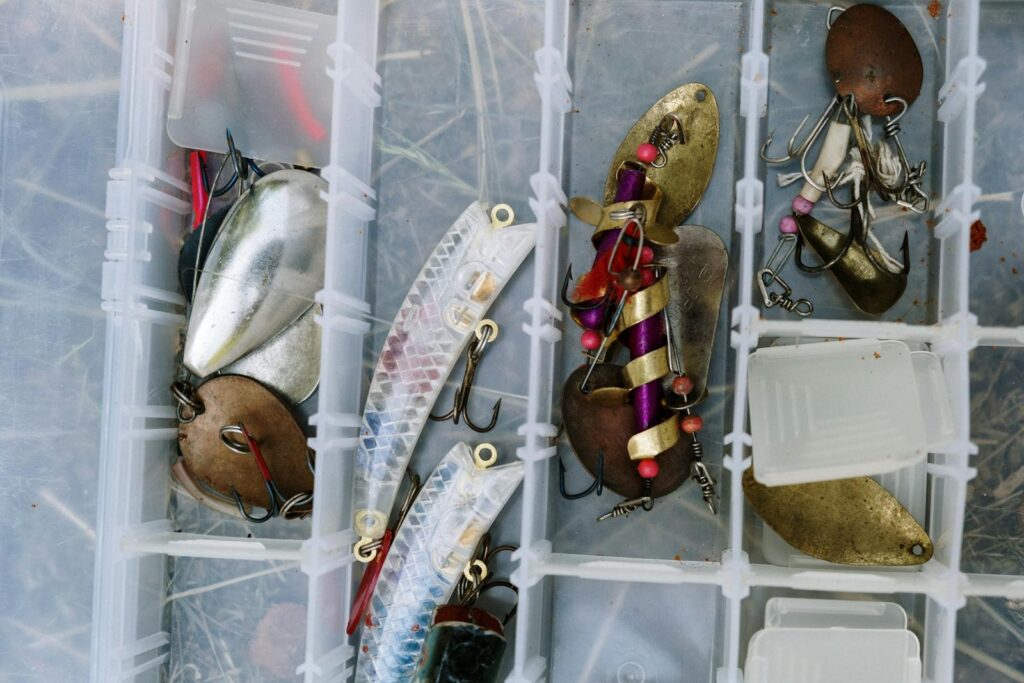
Every piece of equipment in your tackle box has an environmental footprint worth considering. Traditional fishing weights containing lead can poison water systems and wildlife if lost. Plastic lures and packaging contribute to the growing problem of microplastics in our waterways. Even fishing line, when discarded improperly, can entangle wildlife and remain in the environment for hundreds of years before decomposing. Studies estimate that lost or discarded fishing gear accounts for approximately 10% of all marine debris globally. These seemingly small items, when multiplied across millions of anglers worldwide, create a significant environmental burden that directly affects the very ecosystems we enjoy when fishing.
Lead-Free Alternatives: A Simple Switch with Big Impact
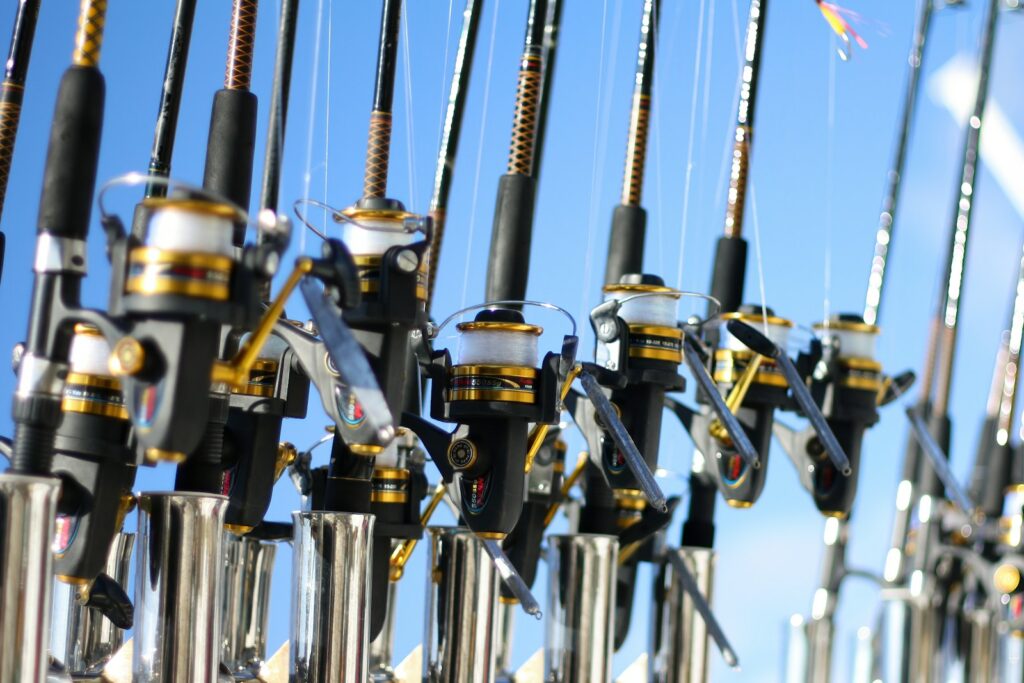
One of the most impactful changes an angler can make is switching from lead weights and jigs to environmentally friendly alternatives. Lead is a toxic heavy metal that can poison wildlife, particularly water birds that might mistake lost sinkers for food or grit. Fortunately, the market now offers numerous effective alternatives made from materials like tungsten, steel, tin, bismuth, and ceramic composites. These alternatives often provide performance benefits beyond their environmental advantages – tungsten, for example, is denser than lead, offering greater sensitivity and a smaller profile for the same weight. Though sometimes slightly more expensive, the environmental benefit of using non-toxic weights is immeasurable, particularly when considering that an estimated 4,000 tons of lead fishing tackle is lost in American waters annually.
Biodegradable Fishing Lines and Their Benefits
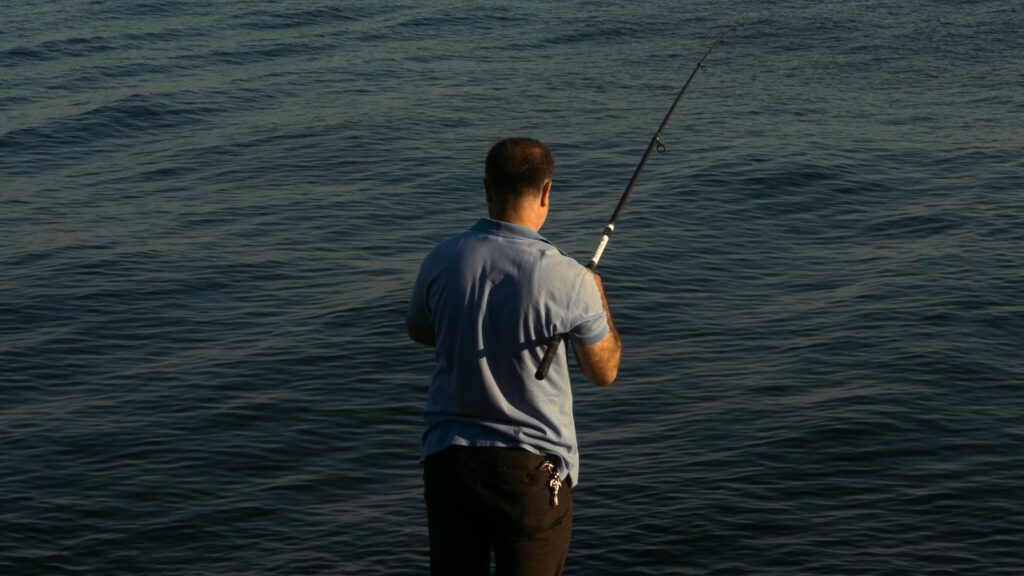
Traditional monofilament and fluorocarbon fishing lines can persist in the environment for up to 600 years, creating long-lasting hazards for wildlife. Biodegradable fishing lines, made from materials such as plant-based polymers, offer a responsible alternative that breaks down naturally within a few years rather than centuries. These lines have improved dramatically in recent years, with some biodegradable options now matching or exceeding the performance characteristics of traditional lines in terms of strength, memory, and casting ability. While no angler intends to lose line, accidents happen – a hook gets snagged, a fish breaks off with a length of line attached, or trimmed line ends blow away. By choosing biodegradable options, you ensure that these inevitable losses won’t haunt the environment for generations to come.
Hook Selection: Balancing Effectiveness with Ethics
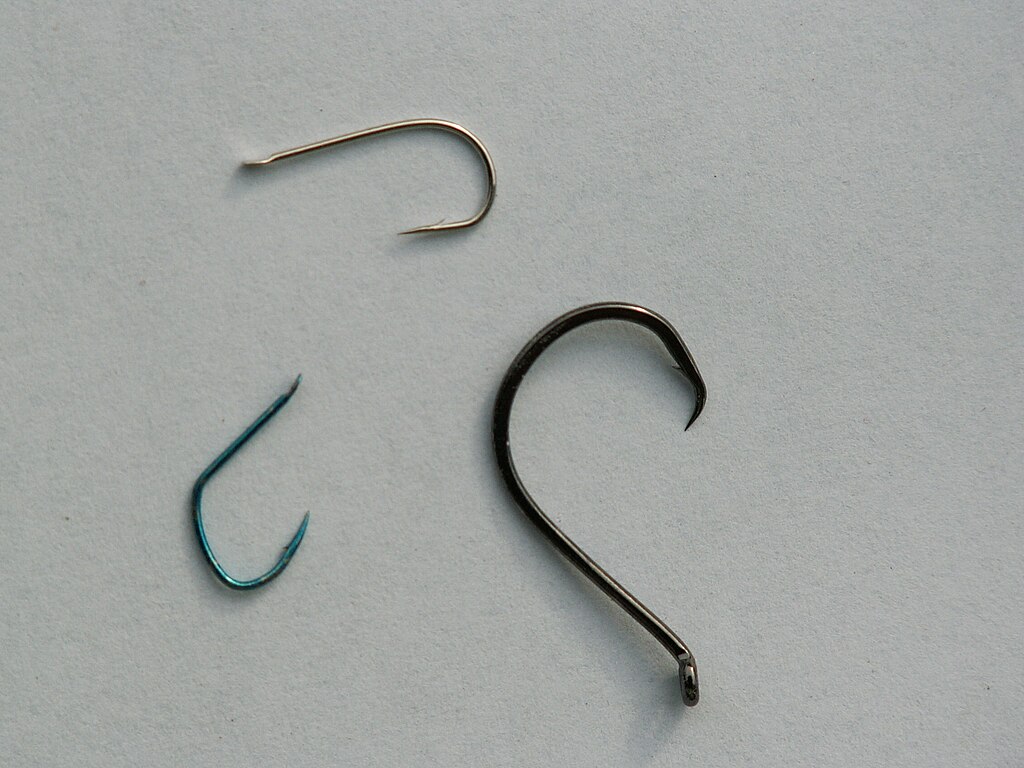
The humble fish hook is perhaps the most essential item in any tackle box, yet its design can significantly impact fish survival rates in catch-and-release fishing. Circle hooks have gained popularity not just for their excellent hook-up rates but also because they typically catch fish in the corner of the mouth rather than causing deeper injuries. Barbless hooks or hooks with flattened barbs cause less damage when removed, reducing handling time and stress on released fish. Studies have shown that mortality rates for released fish can vary dramatically based on hook type alone, from less than 5% with properly selected hooks to over 30% with inappropriate gear. Making informed hook choices based on your target species and fishing method is a fundamental conservation practice that starts before you ever cast a line.
Sustainable Bait Practices
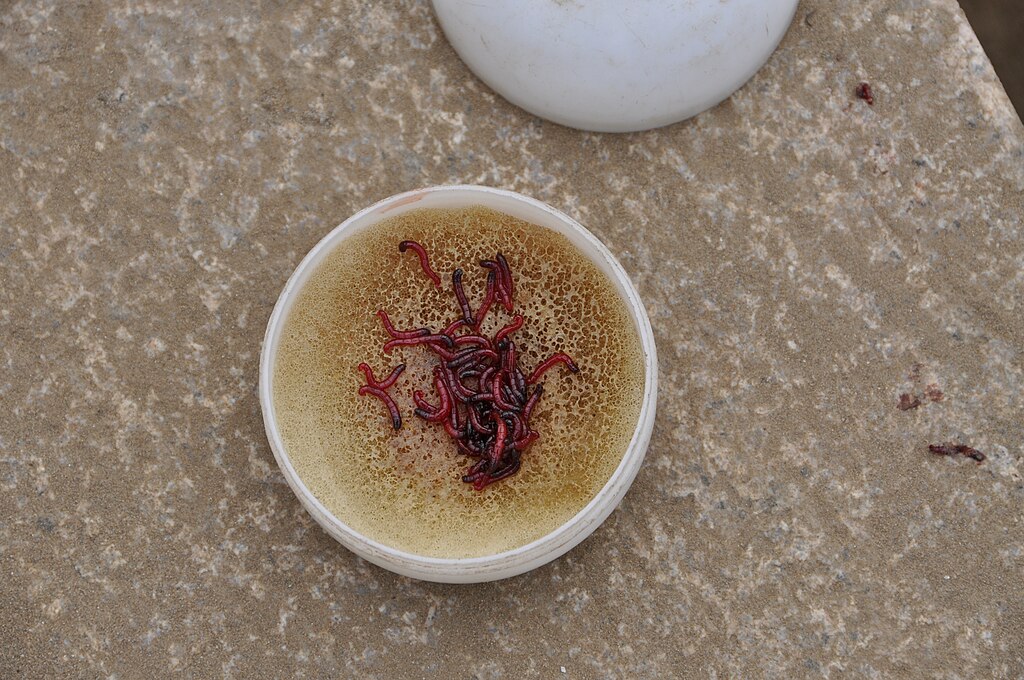
The bait you choose can have far-reaching ecological consequences beyond simply catching fish. Live bait, while effective, carries risks including the introduction of non-native species, parasites, or diseases to new waterways. This is particularly concerning when unused bait is carelessly released at the end of a fishing trip. Many regions have experienced significant ecological disruptions from bait-bucket introductions of species like rusty crayfish or various minnows that outcompete native species. Artificial lures eliminate these risks but come with their considerations, especially those containing plastics that can persist in the environment. The new generation of biodegradable soft plastic lures offers an excellent compromise, providing the effectiveness of traditional plastics while breaking down naturally if lost. Additionally, considering locally-sourced bait options supports both conservation goals and local economies.
Tackle Organization: The Foundation of Responsible Angling
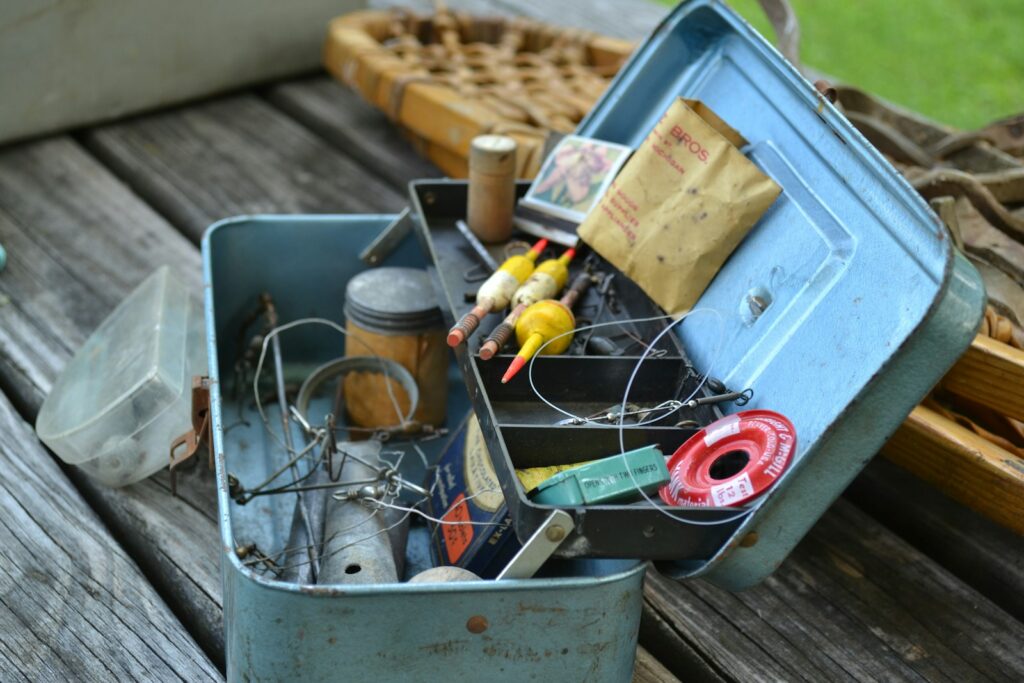
A well-organized tackle box isn’t just about fishing efficiency – it’s a cornerstone of environmental responsibility. When tackle is properly sorted and secured, the chances of accidentally dropping or losing items decrease significantly. Dedicated containers for used fishing line, damaged lures, and other waste ensure these items return home with you rather than ending up in the water. Many modern tackle storage systems include specific compartments for waste collection, making responsible disposal more convenient than ever. Beyond environmental benefits, organization helps anglers make more deliberate choices about what gear they bring to each fishing location, potentially reducing the overall amount of tackle used and the associated environmental footprint. This mindful approach to tackle management represents one of the simplest yet most effective conservation practices available to every angler.
The Problem with Plastic Lures
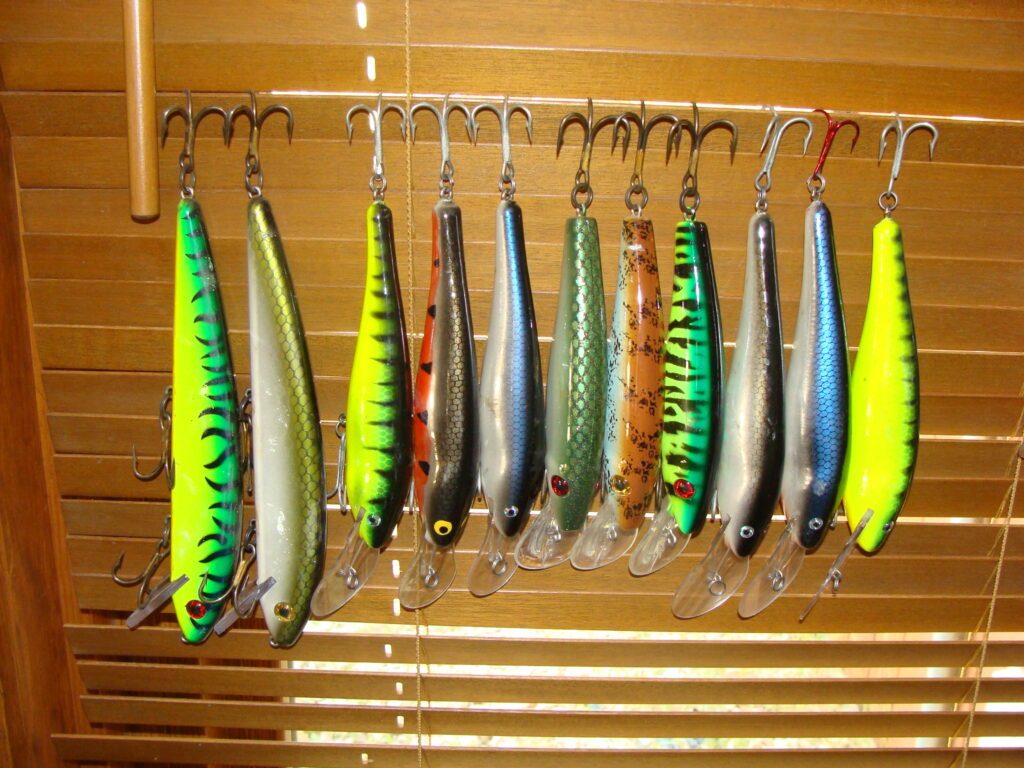
Soft plastic lures have revolutionized fishing with their versatility and effectiveness, but they come with significant environmental drawbacks when lost or discarded. Traditional plastic lures are made from polyvinyl chloride (PVC) and often contain phthalates and other chemicals that can leach into water systems. These materials can take hundreds of years to break down, and during that time, they may be ingested by fish, birds, and other wildlife, causing internal injuries or blocking digestive systems. Researchers have documented numerous cases of fish with stomachs full of soft plastic lures, leading to malnutrition and sometimes death. The scale of the problem is substantial, with billions of soft plastic lures produced annually and a significant percentage inevitably lost during use. This represents a major source of persistent microplastic pollution in our lakes, rivers, and oceans.
Eco-Friendly Lure Alternatives
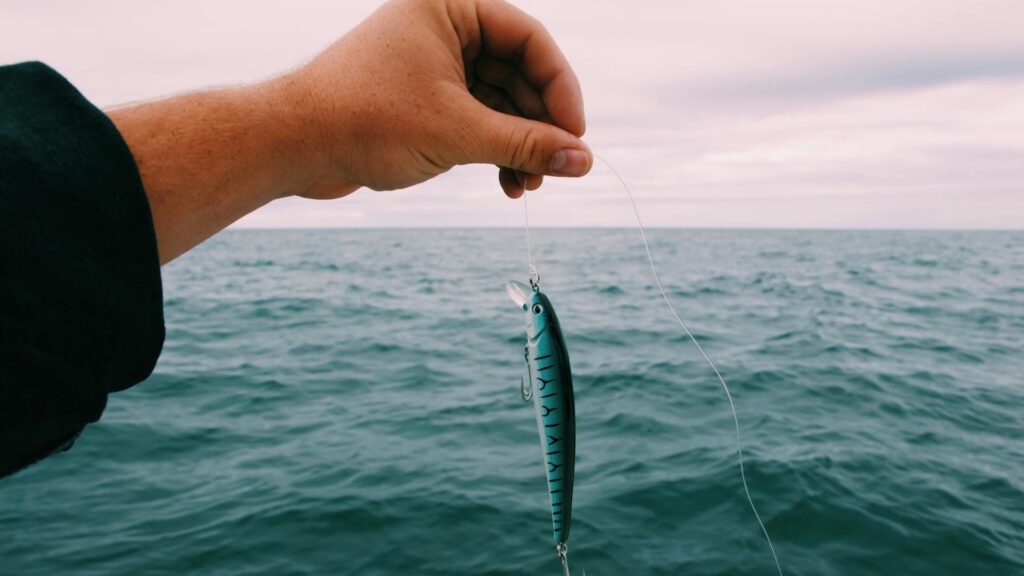
The fishing industry has responded to environmental concerns with a growing selection of eco-friendly lure alternatives. Biodegradable soft plastics made from corn starch, vegetable oils, and other natural materials provide the same action and effectiveness as traditional plastics but break down naturally within months rather than centuries if lost. Hard lures crafted from sustainable materials like wood, bamboo, or recycled metals offer durable and effective options with minimal environmental impact. Several innovative companies now produce lures made entirely from recycled materials, from plastic water bottles to reclaimed fishing line, creating a circular economy within the fishing industry. These alternatives often come with the added benefit of being free from harmful chemicals like phthalates, making them safer for both aquatic ecosystems and the anglers who handle them regularly.
Catch and Release Best Practices
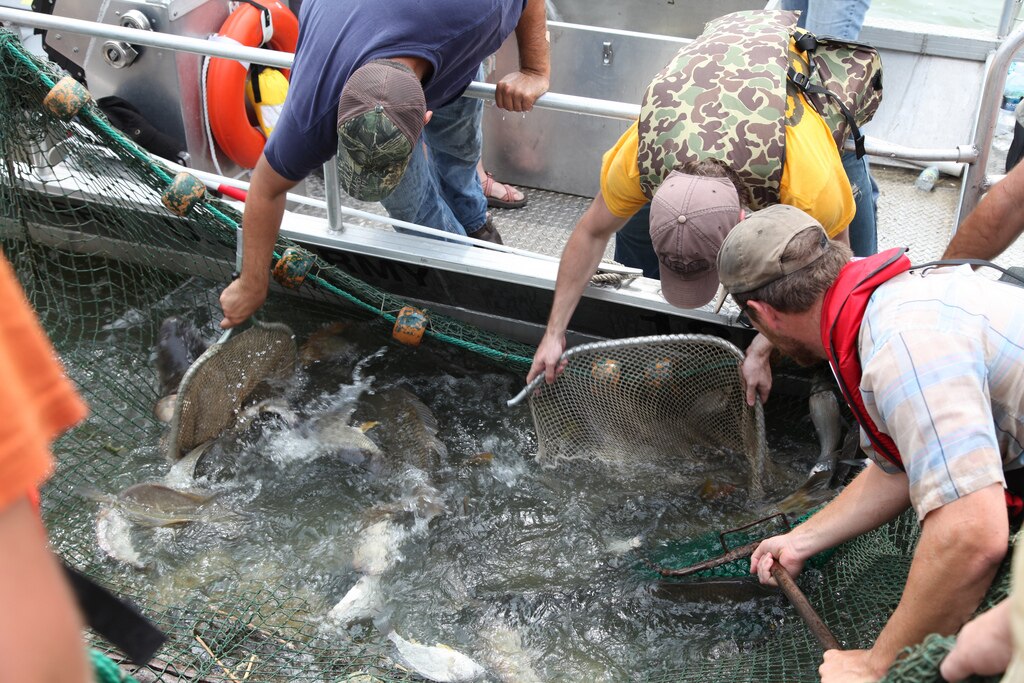
Catch and release fishing has become a cornerstone of recreational angling conservation, but its effectiveness depends entirely on proper technique. The equipment in your tackle box plays a crucial role in ensuring released fish survive to spawn and grow. Long-nosed pliers or hemostats allow for quick hook removal with minimal handling. Rubber or silicone landing nets prevent damage to the fish’s protective slime coat. Fish gripper tools provide secure handling without squeezing vital organs. Proper tools not only increase survival rates but also make the release process easier and more efficient for anglers. Research indicates that fish released with proper equipment and handling techniques have survival rates exceeding 90%, compared to potentially less than 50% when improperly handled. By preparing your tackle box with release in mind, you transform every fishing trip into a conservation activity, regardless of whether you keep fish for the table.
Responsible Tackle Disposal
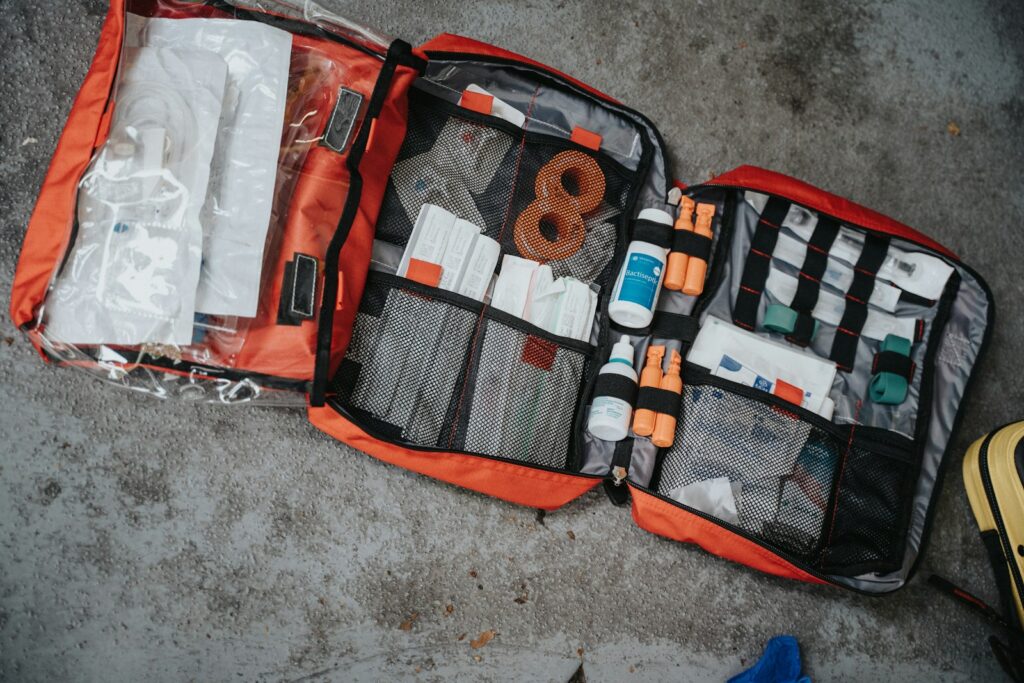
The end of a fishing line’s life or the retirement of worn-out tackle presents another critical conservation opportunity. Monofilament recycling programs have emerged across North America, with collection bins at popular fishing spots accepting used line for processing into new plastic products. Damaged metal lures can be recycled with other household metals rather than sent to landfills. Even hooks too dull for fishing can find new life through metal recycling programs. Responsible disposal extends to packaging as well – the plastic boxes, bags, and containers that fishing gear comes in should be properly recycled whenever possible. Some tackle manufacturers have created take-back programs for their products, ensuring components are properly recycled or disposed of. By considering the entire lifecycle of your fishing gear – from purchase to eventual disposal – you complete the conservation circle that begins with your tackle selection.
Teaching Conservation Through Tackle Selection
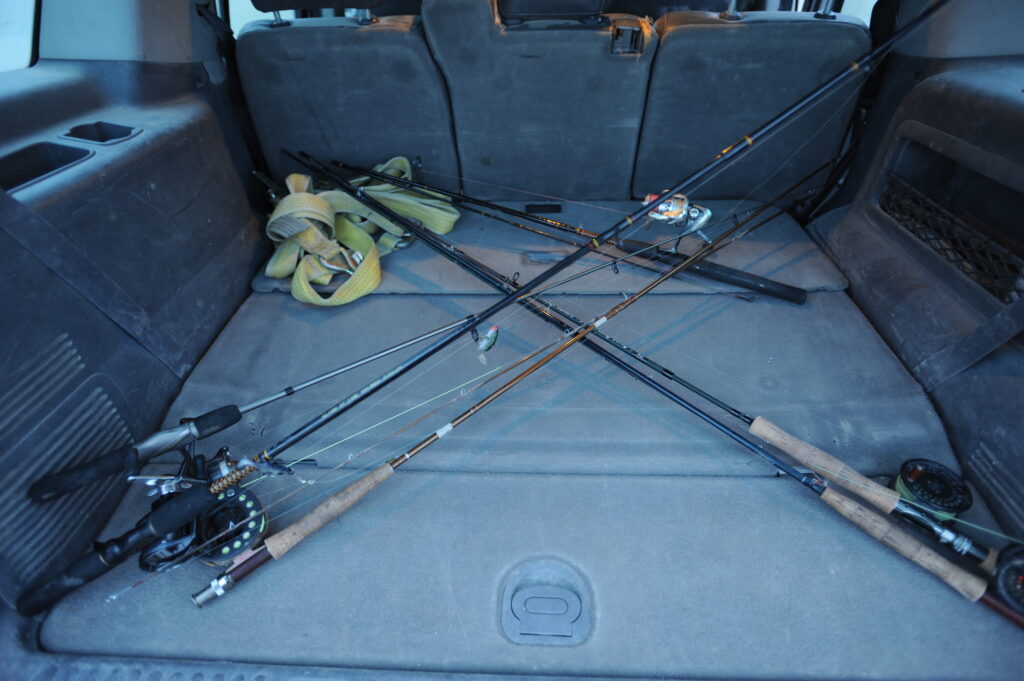
Veteran anglers have a unique opportunity to instill conservation ethics in newcomers to the sport through thoughtful mentorship about tackle selection and use. When introducing children or new anglers to fishing, explaining why you choose certain tackle items over others – and the conservation reasoning behind those choices – creates lasting impressions about responsible recreation. Demonstrating proper tackle organization, careful handling of gear to prevent loss, and appropriate disposal methods sets examples that often persist throughout an angler’s lifetime. Many fishing clubs and organizations now include conservation-focused tackle selection in their educational programs, recognizing that these early lessons form the foundation of an environmentally conscious fishing community. This educational aspect multiplies the impact of individual conservation choices, as each informed angler potentially influences many others throughout their fishing career.
The Economic Case for Conservation-Minded Tackle
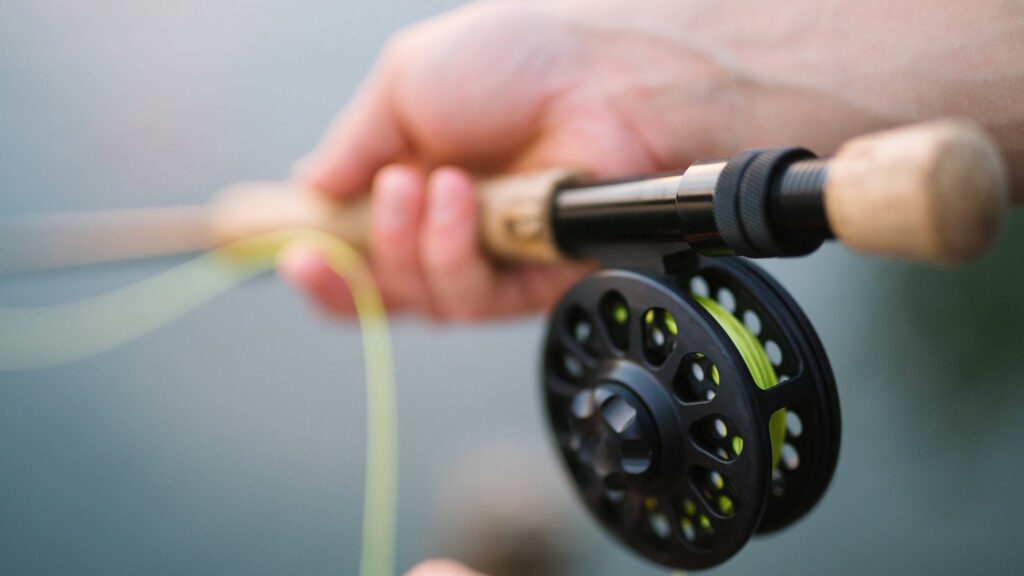
Investing in environmentally responsible fishing tackle isn’t just good for ecosystems – it makes economic sense for anglers too. Quality tackle designed with environmental considerations tends to be more durable, reducing replacement costs over time. Reusable alternatives to disposable items save money while reducing waste. The higher initial cost of premium eco-friendly options is typically offset by their longer useful life and superior performance. Beyond individual economics, the fishing industry as a whole depends on healthy fish populations and clean waterways, making conservation investments a form of protecting the future of the sport itself. Studies from fisheries management agencies consistently show that the economic value of recreational fishing depends directly on ecosystem health, with billions of dollars and countless jobs at stake. By voting with their purchases for environmentally responsible tackle, anglers help ensure both personal enjoyment and the broader economic benefits of fishing remain available for future generations.
Creating Your Conservation-Focused Tackle System
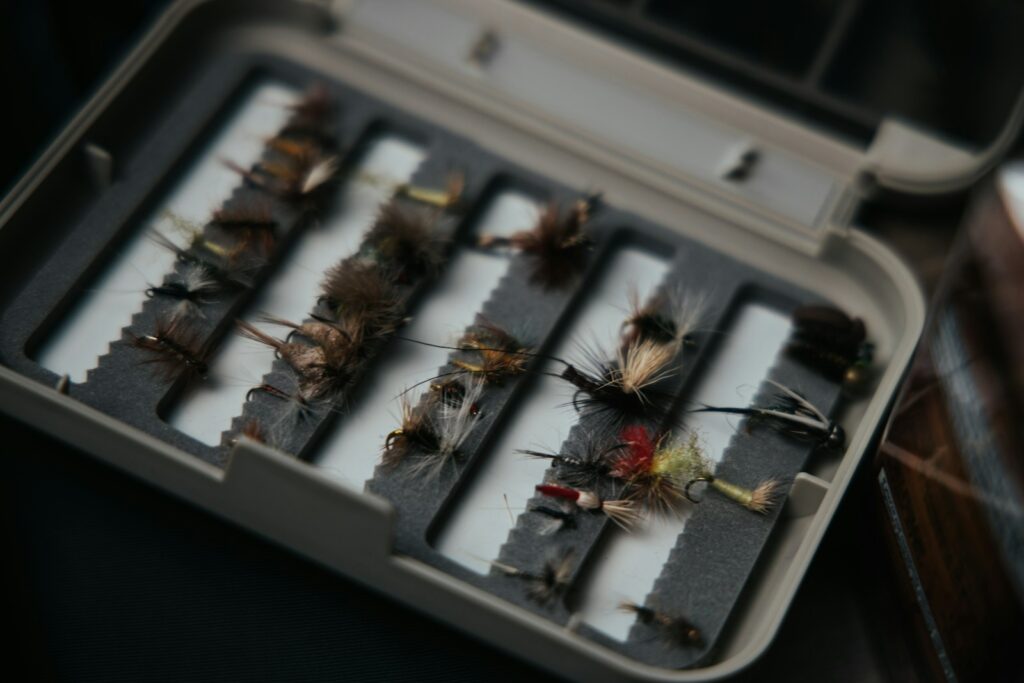
Transitioning to a more environmentally conscious approach to fishing doesn’t require replacing your entire tackle collection overnight. Start by identifying the highest-impact items in your current setup – typically lead weights, traditional plastic lures, and monofilament line – and gradually replace them with eco-friendly alternatives as they wear out or when adding new items. Organize your tackle storage system to include dedicated containers for waste collection, making it easier to bring everything back for proper disposal. Consider creating specialized tackle selections for different fishing scenarios rather than bringing everything on every trip, reducing the amount of gear at risk of being lost. Set a personal standard that any new tackle purchases must meet certain environmental criteria, gradually shifting your collection toward more responsible options. This systematic approach makes the transition manageable while still making meaningful conservation impacts from your very next fishing trip.
Conclusion
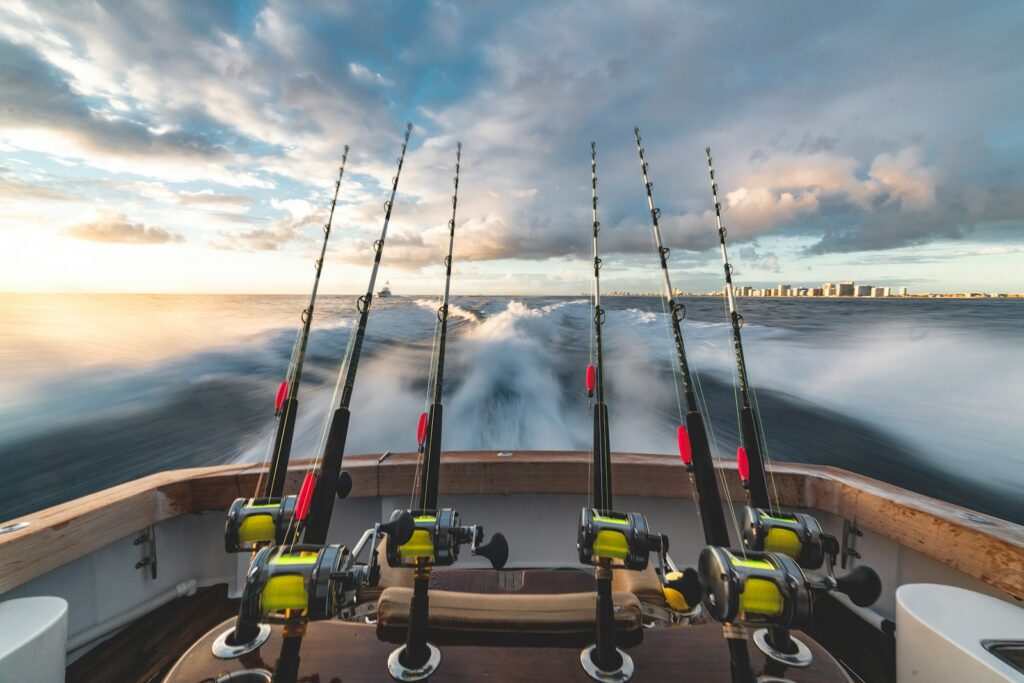
The conservation of our aquatic resources isn’t just the responsibility of government agencies or environmental organizations – it rests in the hands of every person who casts a line into the water. Your tackle box represents the front line of this conservation effort, where personal choices directly impact the ecosystems we cherish. By making informed decisions about the gear you purchase, use, and eventually dispose of, you become an active participant in preserving fishing opportunities for future generations. The beauty of this approach is that it doesn’t require grand gestures or significant sacrifices – just thoughtful choices about the tools of a sport you already love. As millions of anglers each make these small changes, the collective impact becomes powerful enough to ensure that the peaceful moments on the water that we treasure today will be available for our children and grandchildren to experience tomorrow.

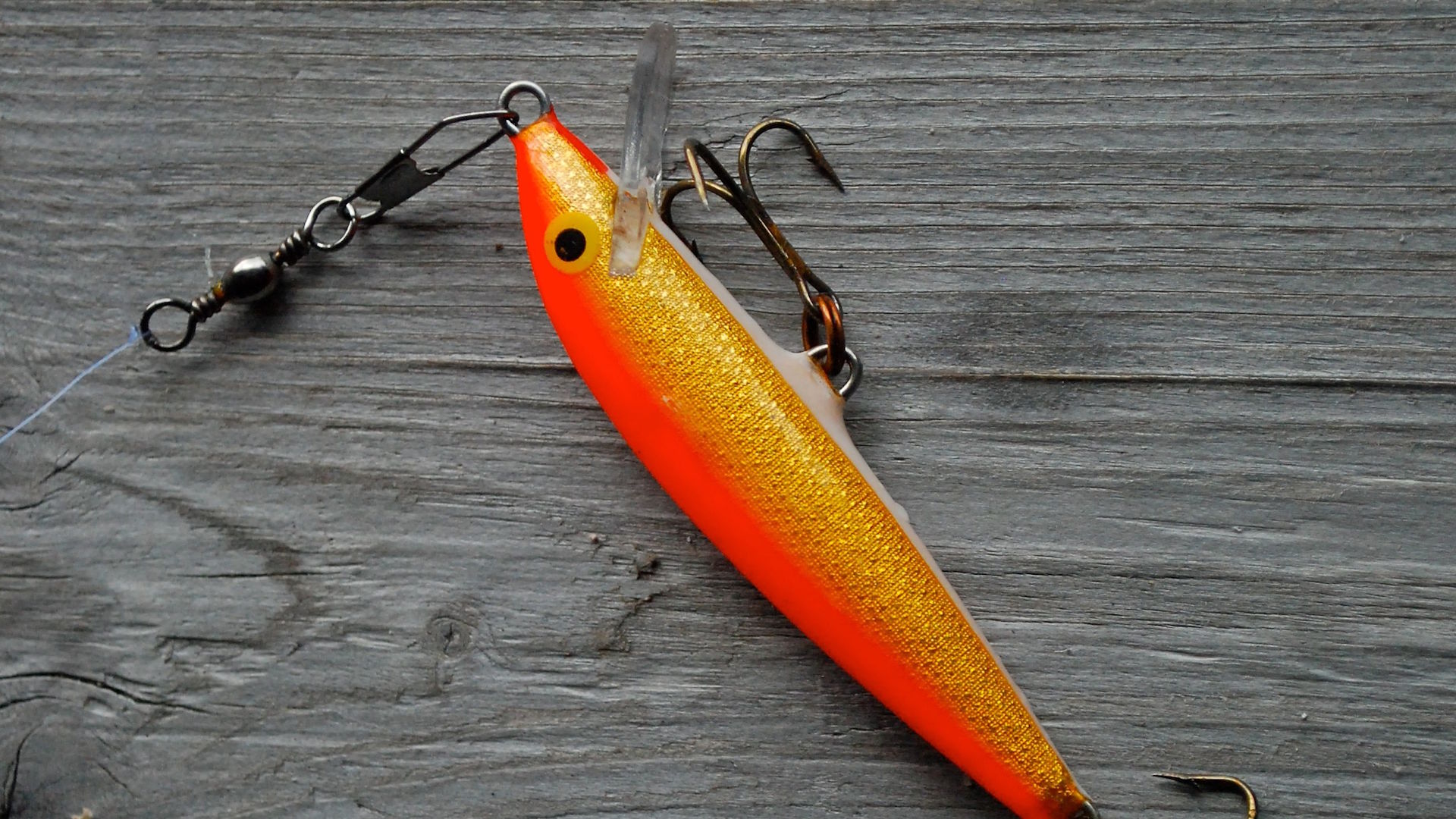

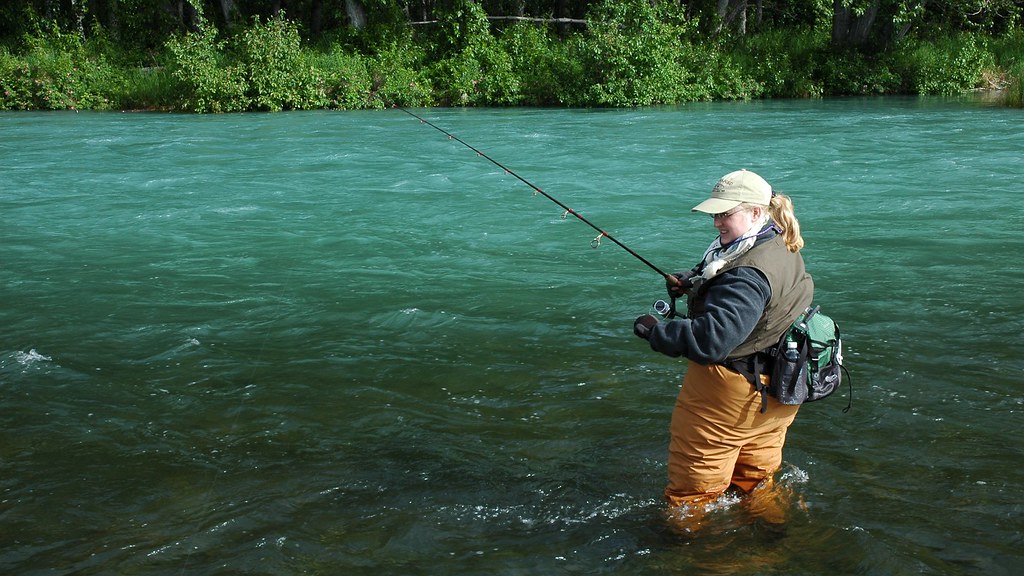
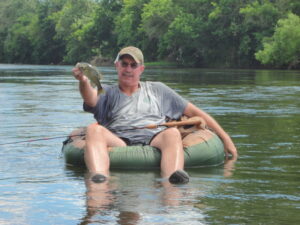
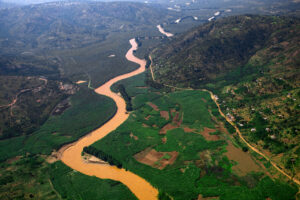








Post Comment